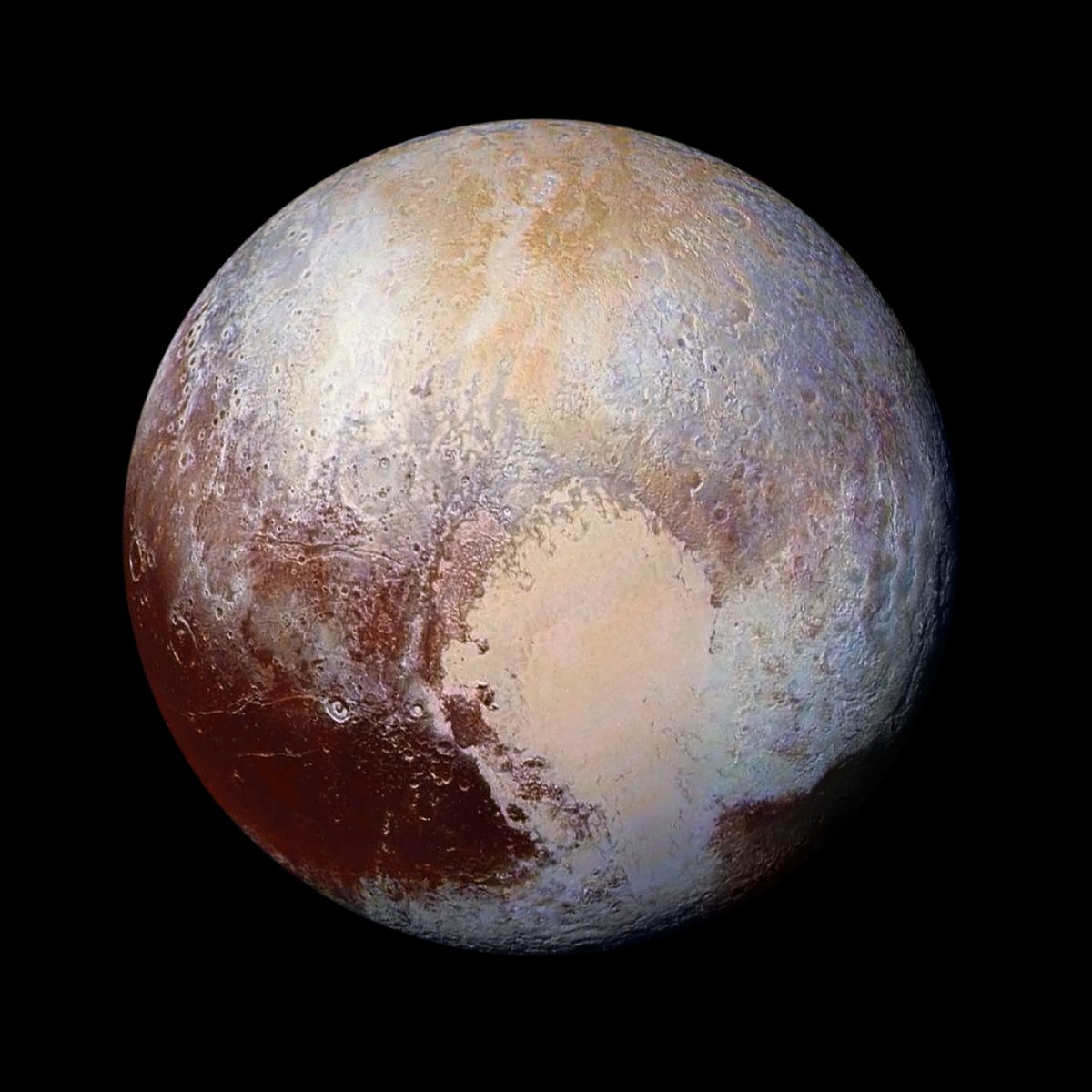All
All
Stories, updates, insights, and original analysis from The Planetary Society.
Is Planet X/Planet Nine real?
Planet X and Planet Nine are planets that have, at one time or another, been thought to exist in our Solar System. Both were hypothesized to explain the orbital characteristics of smaller outer Solar System bodies.
Way out there
We’re always learning more about the worlds of the outer Solar System, and even those beyond.
Rocket flight and the five dwarfs
Meet the Solar System’s five official dwarf planets, celebrate two major launches, and find out why planets sometimes seem to go backwards across the sky.
Meet the Solar System's five official dwarf planets
The International Astronomical Union currently recognizes five dwarf planets: Ceres, Pluto, Haumea, Makemake, and Eris.
Extraterrestrial frosts
Frost happens throughout the Solar System, creating beautiful views. Learn why and check out the latest in space news.
How JWST will reveal our Solar System beyond Neptune
NASA’s James Webb Space Telescope (JWST) will soon give us valuable data on the dozens of distant objects found beyond the orbit of Neptune in a region known as the Kuiper belt.
Not a planet? Not a problem.
Pluto, everyone’s favorite former planet, takes center stage in this week’s Downlink.
Space is always worth the wait
With space missions like JWST and Voyager, decades of development yield decades of discovery.
Jupiter dazzles and Neptune beckons
Feast your eyes on these images from space, catch up on the latest in exploration news, and get the lowdown on what’s up in the night sky.
NASA Then & Now
A collection of before and after slider images showing how views of planets in our solar system have changed over the years since NASA was created.
Sketching a science meeting
The Planetary Society has always enjoyed the connections between science and art, so when I saw Leila Qışın's sketches pop up on her Twitter feed during the recent New Horizons team meeting, I knew I had to share them with you.
Some big moons in the Kuiper belt
In a new preprint, Mike Brown and Bryan Butler show evidence that two Kuiper belt moons are even bigger than we used to think. They are Eris' moon Dysnomia, and Orcus' moon Vanth.
Explore spinnable Saturn and Jupiter moons with Google Maps
Google Maps released several new map products that allow you to see the locations of named features on many solar system planets and non-planets, spinning them around in space with your mouse.
DPS/EPSC update on New Horizons at the Pluto system and beyond
Last week's Division for Planetary Sciences/European Planetary Science Congress meeting was chock-full of science from New Horizons at Pluto.
Pluto is not the end
One year after the New Horizons Pluto flyby, Emily reflects on its significance.
New Horizons Science Team Meeting Report
On July 6 at Lowell Observatory in Flagstaff, Arizona, the science team convened at the place where Pluto was discovered. Ted Stryk reports from the meeting.
How to Make a Pluto Globe
Want to make your own globe of Pluto? Here's how!
Clouds and haze and dust, oh my!
What types of aerosols do we find in the atmospheres around the Solar System, and why does what we call them—clouds vs. haze vs. dust—matter? Sarah Hörst explains.
Pluto updates from AGU and DPS: Pretty pictures from a confusing world
Pluto is reluctant to give up its secrets. Last week at the American Geophysical Union meeting I attended sessions featuring results from the New Horizons mission, and most of the presentations could be summed up thusly: the data sets are terrific, but there are still a lot of Pluto features that have scientists scratching their heads.
The round worlds in the solar system: An updated graphic
I have a newly updated scale comparison graphic to share: all the round worlds in the solar system smaller than 10,000 kilometers in diameter, now with added Pluto, Charon, and Ceres.


 Explore Worlds
Explore Worlds Find Life
Find Life Defend Earth
Defend Earth


 Sun
Sun Mercury
Mercury Venus
Venus Earth
Earth Mars
Mars Jupiter
Jupiter Saturn
Saturn Uranus
Uranus Neptune
Neptune Small Bodies
Small Bodies

















